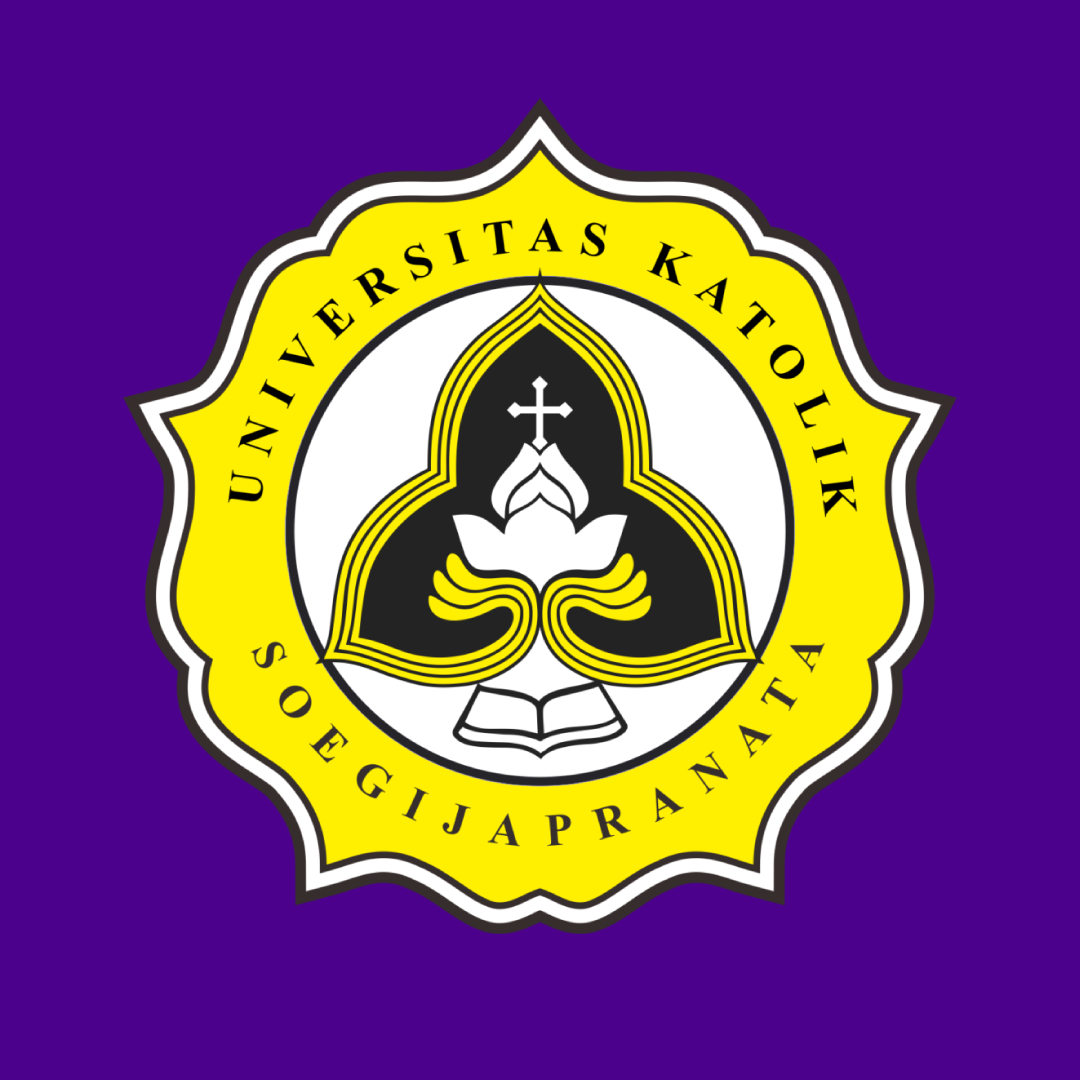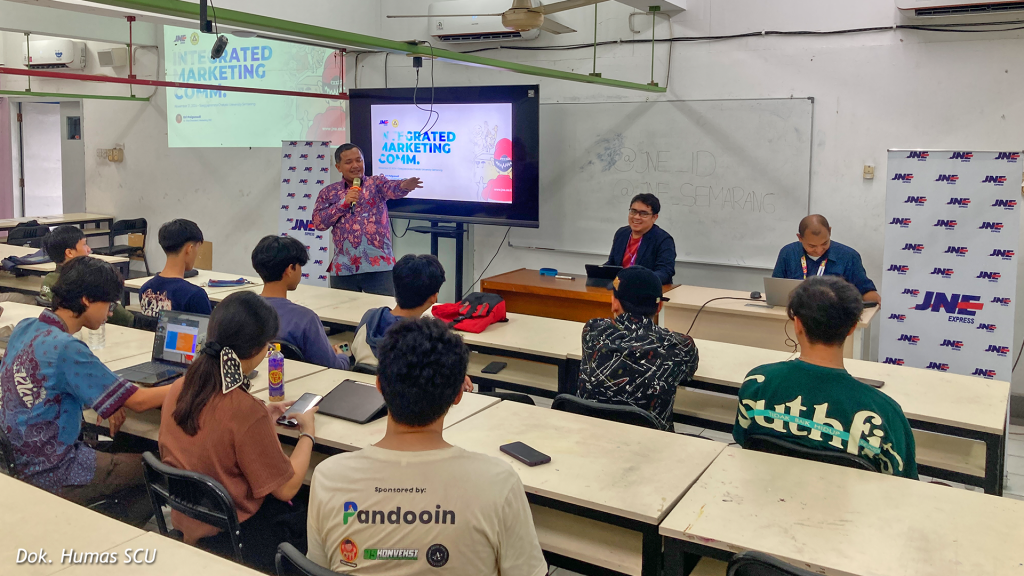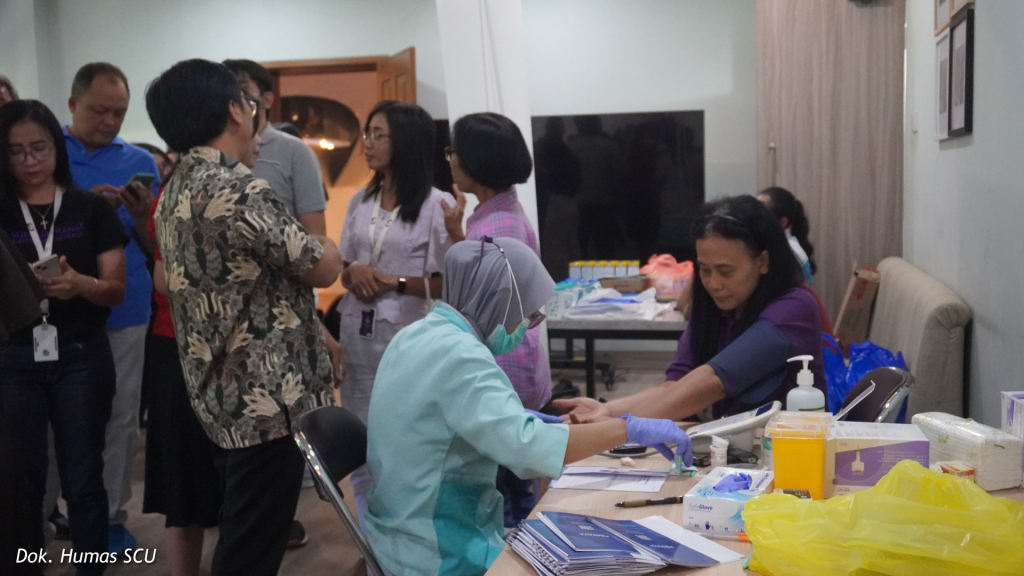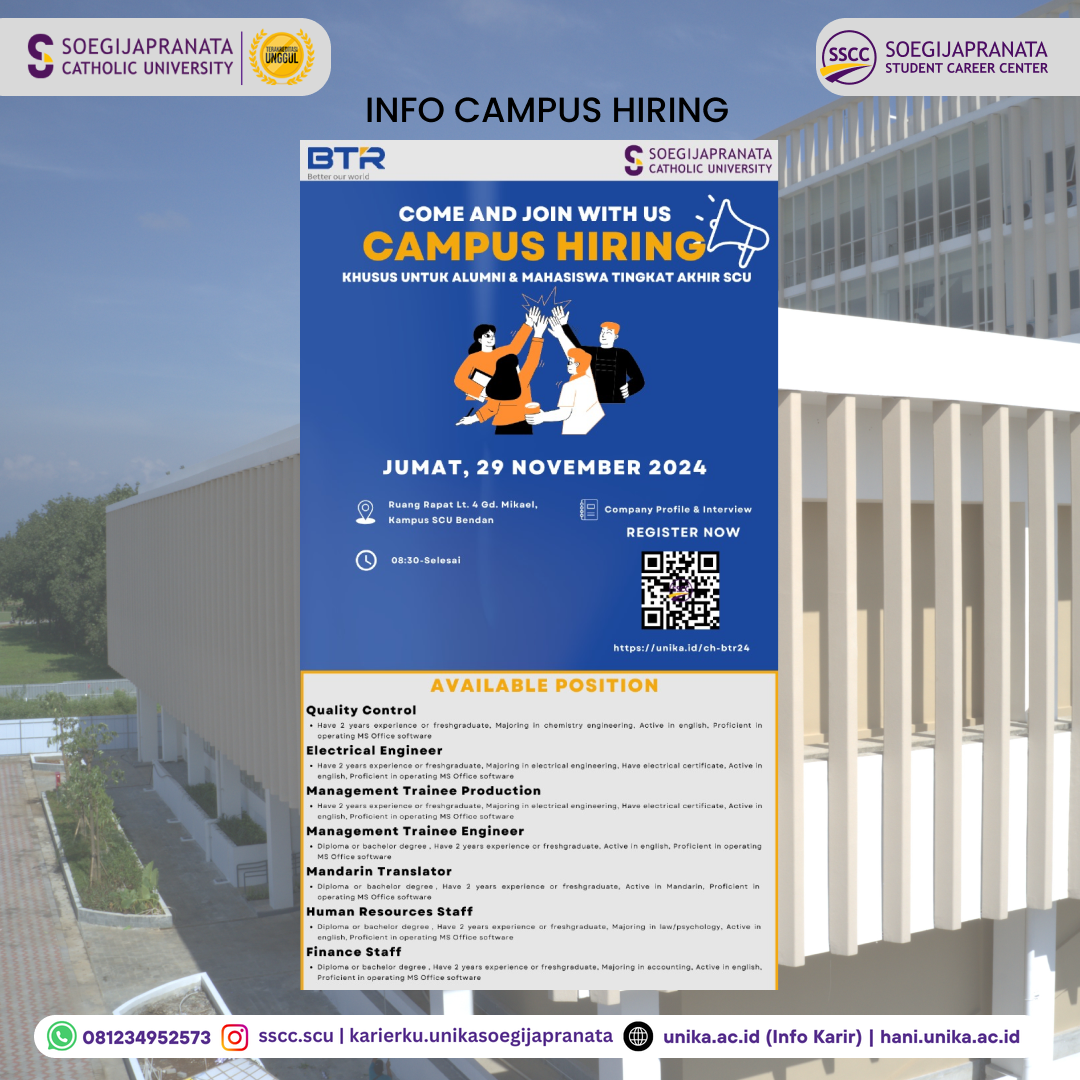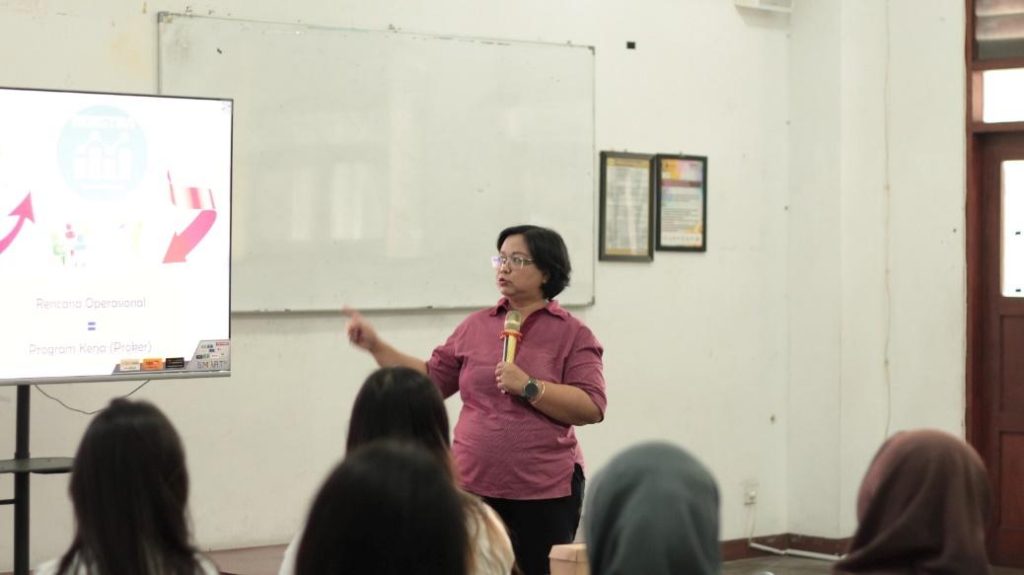 The division between Government, Markets and Civil Society is increasingly blurring, like many other things in society seem to get blurred. At least from the perspective of Science, they are increasingly addressed as complex phenomena, which can not easily be reduced to one single principle, one single actor, or one single perspective. The world cannot easily be categorised or containerised anymore. More and more we become aware that the phenomena in our society are actually a contingent and contextual interplay of many different actors and forces. For Geographers the contextuality and place-specificness of these complex phenomena and developments are a fascinating object of research and of Place Making. This also changes the theoretical and conceptual frameworks we apply while investigating these phenomena and developments. Relational approaches like Practice Theories, Actor-Network Theories, Assemblage Theories and Complexity Theories are very much en vogue, addressing the relationships between the heterodox factors, conditions, intentions, and materialities, involved.
The division between Government, Markets and Civil Society is increasingly blurring, like many other things in society seem to get blurred. At least from the perspective of Science, they are increasingly addressed as complex phenomena, which can not easily be reduced to one single principle, one single actor, or one single perspective. The world cannot easily be categorised or containerised anymore. More and more we become aware that the phenomena in our society are actually a contingent and contextual interplay of many different actors and forces. For Geographers the contextuality and place-specificness of these complex phenomena and developments are a fascinating object of research and of Place Making. This also changes the theoretical and conceptual frameworks we apply while investigating these phenomena and developments. Relational approaches like Practice Theories, Actor-Network Theories, Assemblage Theories and Complexity Theories are very much en vogue, addressing the relationships between the heterodox factors, conditions, intentions, and materialities, involved.
 Today, Dr Benny D. Setianto, successfully defended his PhD Thesis on “Civil Society Governance”. This term in the first instance might sound paradoxical, because isn’t “Government” the opposite of “Civil Society”? Well, in the face of the above referred to developments in society as well as in the way we tend to conceptualise society, it comes not as a surprise. The traditional, rather containerised, concept of Government is described by Benny Setianto as “Government by Design” and contrasted to the role of Civil Society in this same field of government actions, as “Government by Accident”, or maybe one should say “bottom-up government”, “emergent governance”, or “government by coincidence” or even as the “government by the spontaneous coming together of different forces, actors, intentions and circumstances”. Benny Sentianto critically describes this interplay between Government and Civil Society in the shaping of Semarang Environmental Governance, and how this historically came about, and thus he also contributed to the reconceptualisation of the above-mentioned complexities in today’s society.
Today, Dr Benny D. Setianto, successfully defended his PhD Thesis on “Civil Society Governance”. This term in the first instance might sound paradoxical, because isn’t “Government” the opposite of “Civil Society”? Well, in the face of the above referred to developments in society as well as in the way we tend to conceptualise society, it comes not as a surprise. The traditional, rather containerised, concept of Government is described by Benny Setianto as “Government by Design” and contrasted to the role of Civil Society in this same field of government actions, as “Government by Accident”, or maybe one should say “bottom-up government”, “emergent governance”, or “government by coincidence” or even as the “government by the spontaneous coming together of different forces, actors, intentions and circumstances”. Benny Sentianto critically describes this interplay between Government and Civil Society in the shaping of Semarang Environmental Governance, and how this historically came about, and thus he also contributed to the reconceptualisation of the above-mentioned complexities in today’s society.
His PhD Thesis was supervised by Prof. Huib Ernste, Prof. Bas Arts and Dr Ton van Naerssen and is another result of the close cooperation between Unika Soegijapranata Catholic University in Semarang Indonesia and our Geography Department at the Radboud University, and there will be more to come…
Translate by google
http://translate.google.com/translate?hl=en&sl=en&tl=id&u=http%3A%2F%2Fernste.ruhosting.nl%2F%3Fp%3D1147



